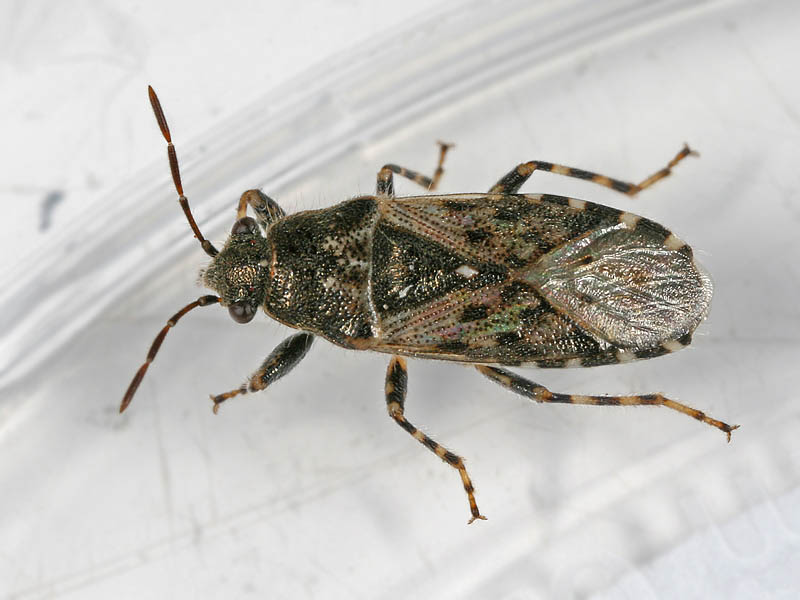F&F Flora & Fauna
Beesten in het nieuws, vragen over roerende en onroerende organismen, foto's en al het andere met betrekking op de levende have: hier kun je het kwijt...



Mijn auto verzamelt (verzamelde) deze beestjes in de achterlichten. Iemand enig idee wat dit is?
censuur :O


lijkt op een kakkerlak
"I wear the mask to protect the city… but the city is what made the mask." – Batman


Zou heel best kunnen (lees: lijkt er sterk op), en wellicht is de verkleuring van het arme beessie in de foto van TS te wijten aan oververhitting door die achterlicht-lampen.quote:Op dinsdag 11 februari 2014 12:11 schreef Yngwie het volgende:
Gezien dat ik er ook hoevormen in meen te ontdekken (altijd handig, zo'n vage foto) , een Heterogaster urticae misschien?
[ afbeelding ]
VDGG - Steven Wilson - Jacco Gardner - Pussy Riot - Malala Yousafzai - René Goscinny (RIP)
"The Least We Can Do, Is Wave To Each Other!"
"The Least We Can Do, Is Wave To Each Other!"


"Found throughout southern Britain in open habitats, and recently recorded from the north (including Scotland), this bug often forms conspicuous aggregations on nettles, the hostplant. Adults overwinter, emerging and mating in the spring, during which the sexes may remain coupled together for several days. The new generation is complete from late summer onwards."quote:Op dinsdag 11 februari 2014 12:11 schreef Yngwie het volgende:
Gezien dat ik er ook hoevormen in meen te ontdekken (altijd handig, zo'n vage foto) , een Heterogaster urticae misschien?
Wat doet-ie dan hier in Nederland?!
Een scherpere foto zit er helaas niet in... Ik kan ook geen nieuwe foto maken, 't beessie is al kwijt. Ik had er 3 nesten (nestjes) van, gedeeld met spinnen...
censuur :O


Wat heb jij voor ranzige auto danquote:Op woensdag 12 februari 2014 08:25 schreef RemcoDelft het volgende:
[..]
Een scherpere foto zit er helaas niet in... Ik kan ook geen nieuwe foto maken, 't beessie is al kwijt. Ik had er 3 nesten (nestjes) van, gedeeld met spinnen...
I liked it. I was good at it. It made me feel alive.


Het klimaat en de verdere ter zake doende omstandigheden qua leefgebied voor dit beestje in het Verenigd Koninkrijk zijn niet zo heel erg anders dan die in Nederland.quote:Op woensdag 12 februari 2014 08:25 schreef RemcoDelft het volgende:
[..]
"Found throughout southern Britain in open habitats, and recently recorded from the north (including Scotland), this bug often forms conspicuous aggregations on nettles, the hostplant. Adults overwinter, emerging and mating in the spring, during which the sexes may remain coupled together for several days. The new generation is complete from late summer onwards."
Wat doet-ie dan hier in Nederland?!
VDGG - Steven Wilson - Jacco Gardner - Pussy Riot - Malala Yousafzai - René Goscinny (RIP)
"The Least We Can Do, Is Wave To Each Other!"
"The Least We Can Do, Is Wave To Each Other!"
|
|


 Op
Op 